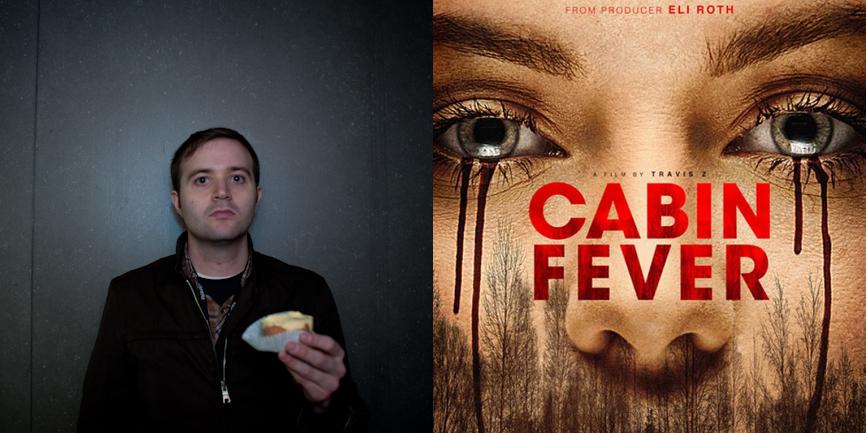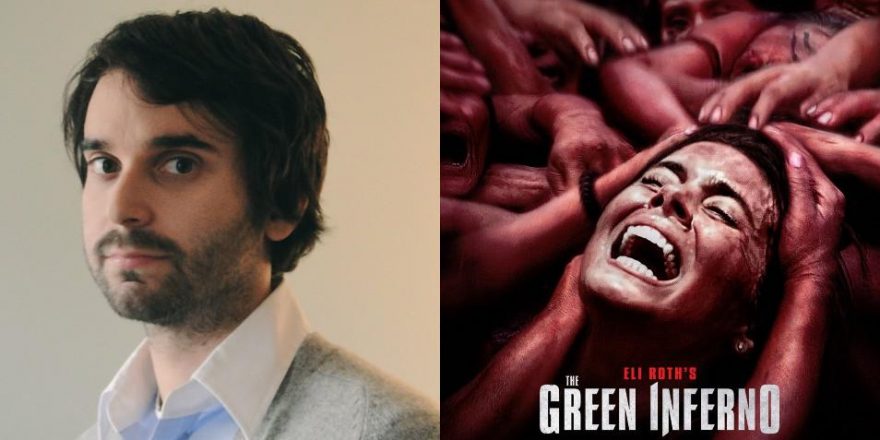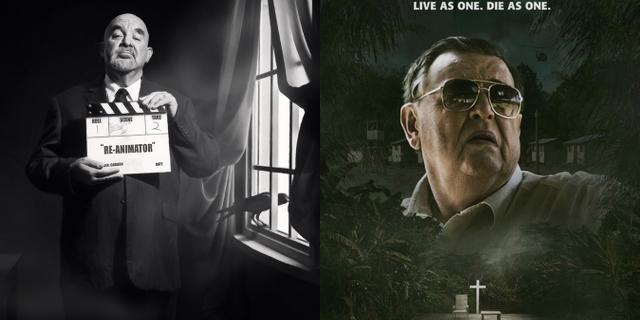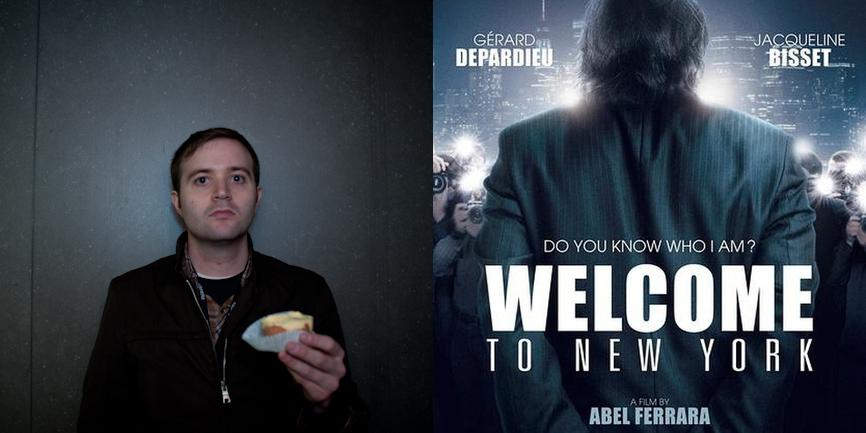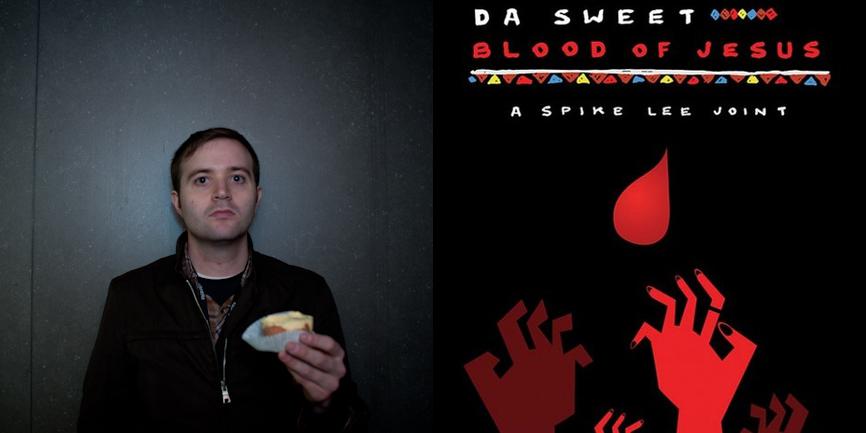A few weeks ago, I went to Spectacle Theater to see a restoration of Frans Zwartjes’ Medea. I became aware of Zwartjes’ films about five years ago, when a tiny little gallery in Bushwick hosted a night of his work. I didn’t attend that screening, but I remember the image used to advertise it, and hunted down whatever I could find on YouTube and UbuWeb. Like all my favorite experimental filmmakers, Zwartjes has a deep understanding of both camp and terror, and he uses them simultaneously to make ordinary life seem like a nightmare, which it sometimes is.
My girlfriend was supposed to join me at Spectacle, but she had to work late. It was cold outside and I walked to and from the theater alone. Zwartjes’ Medea was made for television, and stars two women in one black room. The set dressing consists of a chair, and if I remember correctly maybe also a bar that they lean against sometimes. I am guessing these things were already in the room. The only props I can remember are an aquarium full of stage blood and a roll of Saran wrap. I’ve never read the play by Euripides, but I’d assume the dialogue is very faithful to if not verbatim from the original text. This is a movie created with the barest means available. It is haunting, kinky, moving, new.
You can do so much with nothing in movies. There are endless opportunities for reinvention and innovation. Just when you think an idea has been run into the ground, a simple shift of perspective or the proper execution of an aesthetic idea can breathe new life into a cliché. There are thousands of movies about a small group of people stuck in a house, and some of those movies are masterpieces. Persona, The Exterminating Angel, Images. These movies aren’t just great, they changed the language of cinematic storytelling. They expanded the possibilities of art.
There are also hundreds of these kinds of movies where the house in question is a cabin, and the people stuck in it are young and attractive, and the narrative is advanced by watching them die. Some of these movies are also masterpieces. The Shining, The Evil Dead. Almost every Kōji Wakamatsu movie from the ’60s is set in the confines of a single apartment, and manages to be fearlessly experimental and upsetting, their sense of urgency unmatched: The Embryo Hunts in Secret, Violated Angels, and Go, Go, Second Time Virgin. These movies all understand that real horror is personal, visceral, inside us and around us at all times. Being alone is terrifying. Nature is terrifying. The woods are terrifying.
A couple nights ago I watched the remake of Eli Roth’s Cabin Fever. Roth serves as executive producer and screenwriter of this new movie, which follows the original so closely that for all intents and purposes it still is Eli Roth’s Cabin Fever. I suppose if you wanted to watch the original Cabin Fever, but didn’t want to pay for it, and this new one was on Netflix, then you’d probably be fine. If you loved the original, I don’t know what you’ll get out of this one. If you’ve never heard of the original, I’d imagine you probably also aren’t reading this, and you are the sole reason why this new movie exists. The plot is as follows: Some attractive friends go to a cabin in the woods. They run into a hillbilly with a flesh-eating virus. They also contract the virus, and one by one they die.
The characters are disposable, but to no end and without point – unlike It Follows, whose framing and affected performances turn its characters into furniture, or Roth’s own Hostel movies, where the characters are so deliberately cookie-cutter and vapid that we’re not sure who to root for when really terrible things happen to them. Even the hillbillies are attractive. A creepy backwoods kid is clearly a child actor. An overweight guy in overalls is obviously a hipster dude. Like much of Roth’s own work, it thinks it’s nastier than it actually is, and constantly reaches toward an era and style of filmmaking that it understands only on a surface level. It’s hard to have a total disregard for human life on a million-plus budget, but tone and authorial intent go a long way toward making something feel truly dangerous and depraved – the work of Rob Zombie, Franck Khalfoun’s Maniac remake and Roth’s own Hostel: Part II are all examples of the unsafe hands of the filmmakers turning bigger-budget products into truly nasty experiences.
No doubt because of its limited number of actor salaries and location fees, the friends-die-in-a-cabin genre has become the natural go-to for lazy, uninspired horror filmmaking. My favorite part of the new Cabin Fever was when I suddenly remembered the late ’90s Troma release Decampitated. The VHS was a staple of late nights at Video Vault, the rental store where I worked during high school and throughout college. I revisited the first scene on YouTube, where an anonymous camper runs screaming from a slasher who skips gleefully behind her. As the camper tries to make her escape, she lands in a series of bear traps, which she can only escape by lopping off a limb with a machete. While she runs, the slasher kills a few other people, prompting some poorly computer-generated Matrix-style shots of bullets flying through the air. Firmly committed to its own stupidity, Decampitated is hopelessly dated and ridiculous, but above all else, it’s overflowing with a real sense of joy. The people making this movie loved what they were doing, and they were committed to it 100 percent. There is more fun to be had in the first three minutes of Decampitated than there is in the whole of the Cabin Fever remake. There are no excuses.



